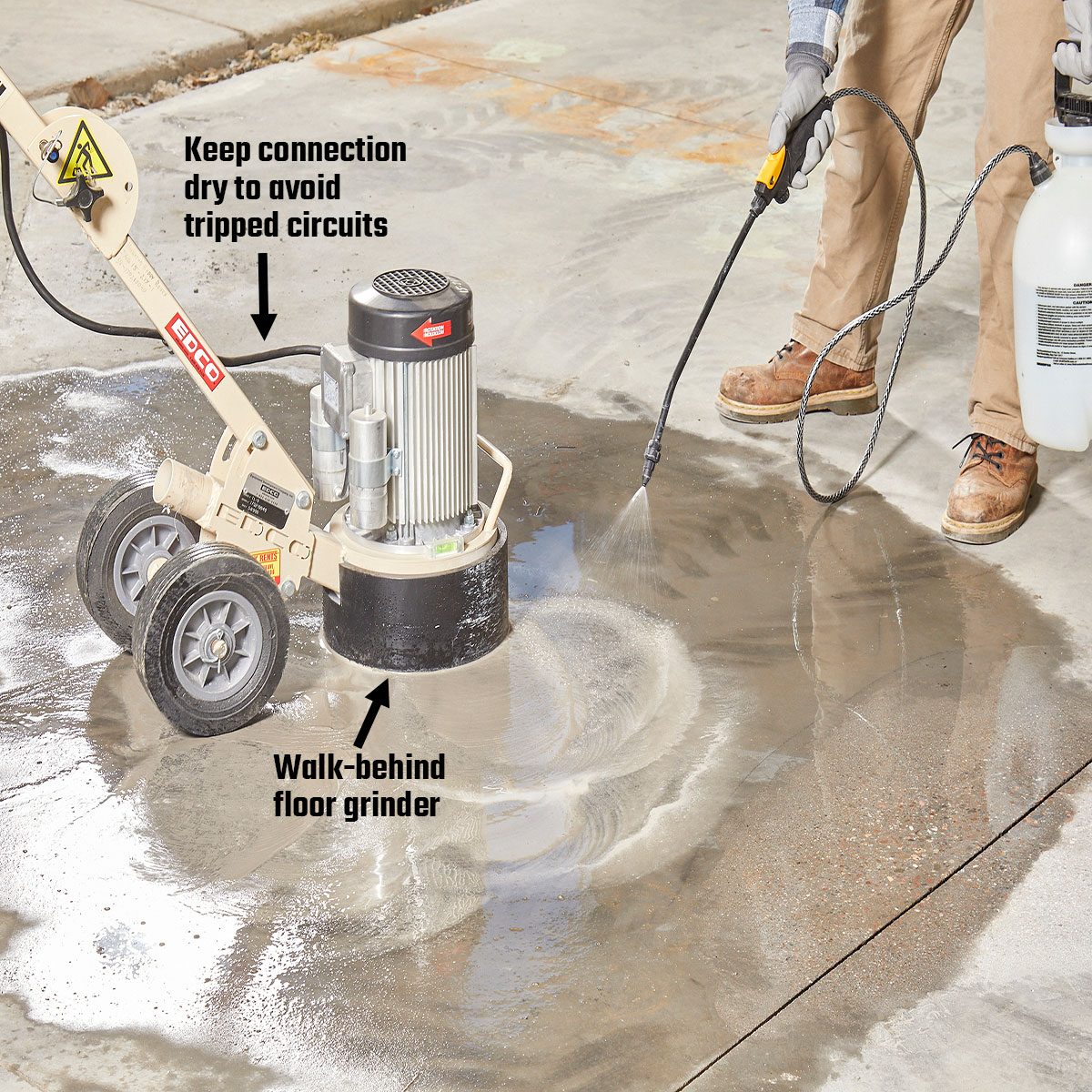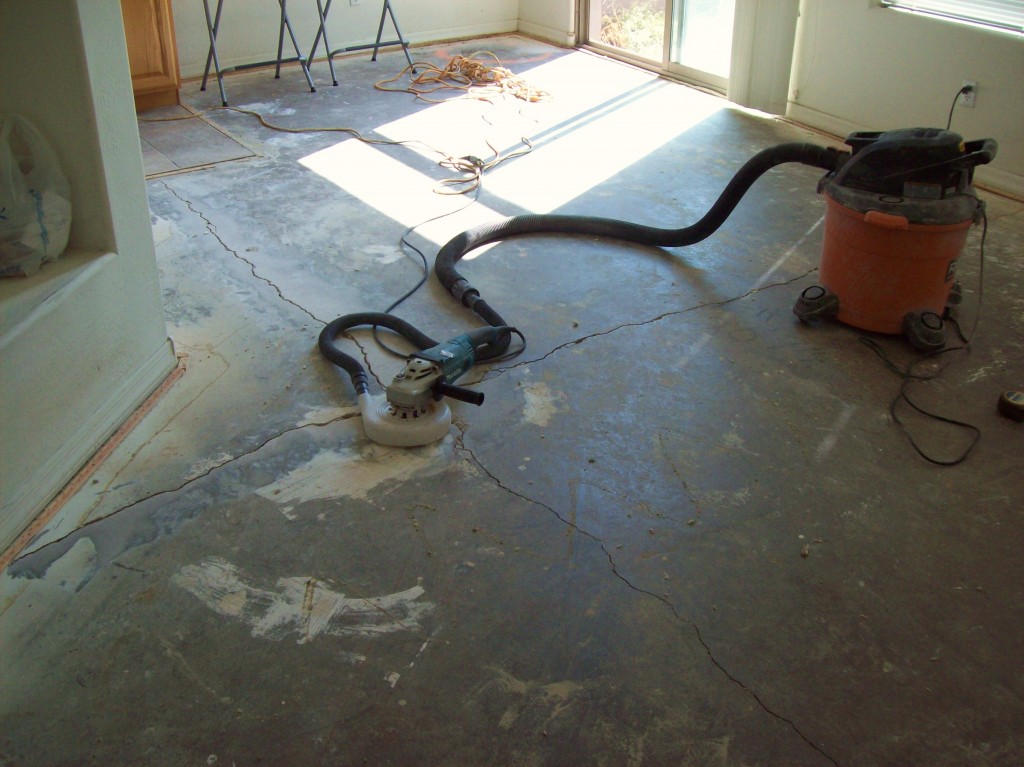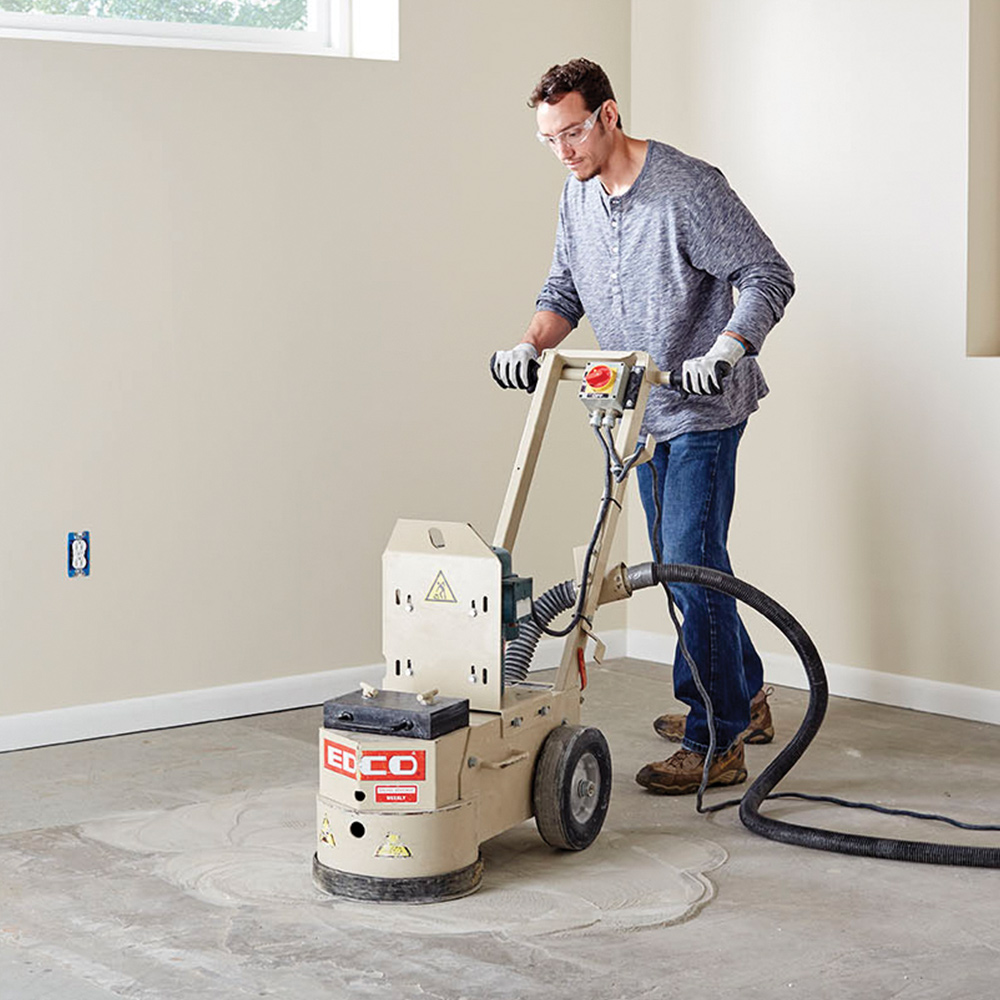The Importance of Concrete Floor Leveling
A smooth and level concrete floor is crucial for various reasons. Whether it’s a residential, commercial, or industrial space, the quality of the flooring plays a significant role in the overall functionality and aesthetics of the area. Here are some reasons why concrete floor leveling is essential:
- Safety: Uneven floors can pose a significant safety risk. They create tripping hazards and increase the chances of accidents. By leveling the concrete floor, you eliminate these risks and provide a safe environment for everyone.
- Proper Installation: When installing any type of flooring on top of a concrete surface, it’s crucial to start with a level base. Uneven floors can cause problems during the installation process and result in an uneven final product. By leveling the concrete floor, you ensure a smooth and hassle-free installation.
- Structural Integrity: A level concrete floor helps maintain the structural integrity of the building. Uneven floors can cause stress on the foundation and lead to cracks or other structural issues over time. By leveling the floor, you prevent these problems and ensure the longevity of the building.
- Aesthetics: A level concrete floor provides a clean and polished appearance. Whether it’s for a residential home or a commercial space, a smooth surface enhances the overall aesthetics of the area. It creates a professional and welcoming atmosphere that is visually appealing to anyone who enters the space.
- Ease of Maintenance: Cleaning and maintaining a level concrete floor is much easier compared to an uneven one. With a smooth surface, dust, dirt, and other debris can be easily swept or mopped away. This saves time and effort in the long run, making maintenance more manageable.
- Improved Functionality: Whether it’s for walking, moving heavy equipment, or installing machinery, a level concrete floor provides optimal functionality. It eliminates any obstacles or hindrances and allows for smooth and efficient operations within the space.

The Process of Concrete Floor Leveling
Leveling a concrete floor requires careful planning and execution. It’s a multi-step process that involves various techniques and tools. Here are the steps involved in achieving a perfectly level concrete floor:
Surface Preparation: Before starting the leveling process, it’s important to prepare the surface properly. This includes removing any existing coatings, adhesives, or debris from the floor. It may require using a floor grinder or shot blaster to create a clean and rough surface for better adhesion of the leveling compound.
Selecting the Right Leveling Compound: Choosing the appropriate leveling compound is crucial for achieving a level floor. There are different types of compounds available, such as self-leveling compounds or traditional cement-based mixtures. Consider factors like the desired thickness, drying time, and compatibility with the existing floor before making a selection.
Mixing and Applying the Leveling Compound: Follow the manufacturer’s instructions to mix the leveling compound properly. Use a mixing paddle and a drill to ensure a homogenous mixture. Once the compound is ready, pour it onto the floor in sections and spread it evenly using a trowel or a squeegee. Work quickly to prevent the compound from drying before it’s spread evenly.
Leveling and Smoothing: Once the compound is applied, use a straightedge or a long level to check for any uneven areas. If needed, use a trowel or a float to level and smooth out the compound. Pay extra attention to corners and edges as they tend to be more challenging to level.
Drying and Finishing: Allow the leveling compound to dry completely according to the manufacturer’s instructions. This can take anywhere from a few hours to several days, depending on the type of compound used. Once dry, you can sand or polish the surface to achieve the desired finish.
Inspecting and Testing: After the leveling process is complete, inspect the floor for any imperfections or uneven areas. Use a level or a straightedge to check for any discrepancies. If necessary, make any required adjustments or touch-ups.
Grinding Techniques for Concrete Floor Leveling
Grinding is an essential technique used in concrete floor leveling to remove imperfections, unevenness, or coatings from the surface. Choosing the right tools for the job is crucial to ensure effective and efficient grinding. Here are some grinding techniques and the tools commonly used:
Diamond Grinding: Diamond grinding is the most common technique used for concrete floor leveling. It involves using diamond-embedded grinding discs or pads to grind the surface. These discs or pads come in various grit sizes, allowing for different levels of aggressiveness and smoothness. Diamond grinding is effective in removing coatings, leveling uneven areas, and creating a smooth surface.
Shot Blasting: Shot blasting is another technique used to prepare and level concrete floors. It involves propelling small steel balls at high speeds onto the surface to remove coatings, dirt, and contaminants. Shot blasting is especially useful for larger areas or heavily soiled surfaces. It provides a more aggressive surface profile compared to diamond grinding.
Scarifying: Scarifying is a technique that uses rotating drums or cutters with hardened steel teeth to remove thin layers of concrete. It is often used for heavy-duty applications or when dealing with thick coatings or adhesives. Scarifying is effective in leveling uneven surfaces and preparing the floor for further treatments.
Grinding Machines: To execute these grinding techniques, various types of grinding machines are used. The most common ones include angle grinders, floor grinders, and planetary grinders. Angle grinders are handheld machines that are suitable for smaller areas or spot grinding. Floor grinders, on the other hand, are larger machines equipped with multiple grinding heads for efficient and consistent grinding. Planetary grinders are heavy-duty machines that provide high productivity and excellent results for larger areas.
Dust Extraction Systems: Grinding concrete can generate a significant amount of dust, which can be harmful if inhaled. Using a dust extraction system is essential to maintain a clean and safe working environment. These systems typically consist of a vacuum or a dust collector that captures and filters the airborne dust particles, preventing them from spreading.
Benefits of Concrete Floor Leveling
Concrete floor leveling offers numerous benefits for both residential and commercial spaces. From enhancing safety to improving durability and aesthetics, here are the key advantages of leveling concrete floors:
Safety: Uneven floors pose a safety risk as they can cause trips and falls. By leveling the concrete floor, you create a smooth and even surface, minimizing the chances of accidents. This is particularly important in high-traffic areas or spaces where people are constantly moving.
Durability: A level concrete floor enhances the durability of the flooring system. When the floor is level, it evenly distributes the weight and stress placed on it, reducing the likelihood of cracks or other damages. This is especially crucial in industrial or commercial settings where heavy machinery or equipment is used.
Improved Functionality: Leveling the concrete floor ensures optimal functionality for various activities. Whether it’s walking, moving furniture, or operating machinery, a level surface allows for smooth and efficient operations. It eliminates obstacles and hindrances, making it easier to perform tasks.
Enhanced Aesthetics: A level concrete floor improves the overall appearance of a space. It provides a clean and polished look that enhances the aesthetics of any room or area. This is particularly important in commercial or retail spaces, where a visually appealing environment can attract customers and create a positive impression.
Easier Maintenance: Maintaining a level concrete floor is easier compared to an uneven one. With a smooth surface, dust, dirt, and other debris can be easily swept or vacuumed away. This reduces the time and effort required for cleaning and maintenance.
Versatility: Leveling a concrete floor opens up opportunities for various flooring systems. Once the floor is level, you can install different types of flooring, such as tiles, hardwood, carpet, or epoxy coatings. This gives you the flexibility to choose the flooring option that best suits your needs and preferences.
Common Challenges and Solutions in Concrete Floor Leveling
Concrete floor leveling can sometimes present challenges that need to be addressed for a successful project. Understanding common issues and having troubleshooting tips can help overcome these challenges. Here are some common challenges and their solutions in concrete floor leveling:
Uneven Subfloor: An uneven subfloor can make it challenging to achieve a level concrete floor. To address this, consider using a self-leveling compound that can fill in the low areas and create a smooth surface. Alternatively, you may need to perform additional subfloor preparation, such as grinding or patching, before applying the leveling compound.
Drying Time: The drying time of the leveling compound can vary depending on factors such as temperature and humidity. Insufficient drying time can result in a compromised finish and potential damage to the floor. To ensure proper drying, follow the manufacturer’s instructions and allow ample time for the compound to cure before proceeding with any further steps or installations.
Bonding Issues: Sometimes, the leveling compound may not bond properly to the existing concrete surface. This can lead to delamination or cracking. To prevent bonding issues, ensure that the surface is clean, free of any contaminants, and properly prepared. Consider using a primer or bonding agent to improve adhesion between the leveling compound and the concrete.
Surface Imperfections: Despite efforts to level the floor, surface imperfections such as pinholes, cracks, or unevenness may still appear. These can affect the overall aesthetics and functionality of the floor. To address these issues, consider using a skim coat or a thin layer of a finishing compound to fill in any gaps or imperfections. Sanding and polishing the surface can also help achieve a smoother and more uniform finish.
Moisture Issues: Moisture can cause significant problems in concrete floor leveling projects. Excessive moisture can lead to the failure of the leveling compound or the flooring system installed on top. Before starting the leveling process, conduct a moisture test to determine the moisture content of the concrete. If moisture levels are high, consider using a moisture barrier or a moisture mitigation system to prevent moisture-related issues.
Insufficient Thickness: In some cases, the leveling compound may not provide sufficient thickness to achieve the desired levelness. This can be due to variations in the subfloor or improper application. To address this, consider applying multiple layers of the leveling compound, allowing each layer to dry before adding the next. This will help build up the thickness and ensure a level surface.
Lack of Experience or Knowledge: Concrete floor leveling can be a complex process, and lack of experience or knowledge can lead to mistakes or subpar results. If you’re unsure about any aspect of the project, it’s recommended to seek professional help or consult with experts in the field. They can provide guidance, offer solutions to specific challenges, and ensure a successful outcome.
How to Level Concrete Floors: 10 Steps (with Pictures)
Leveling Uneven Concrete Floor with a Dewalt Grinder How to Do It Yorself
Concrete Floor Grinding – Floor Leveling
Floor grinder for very fast grinding concrete floor and floor preparation
How to Level a Floor
Related Posts:








